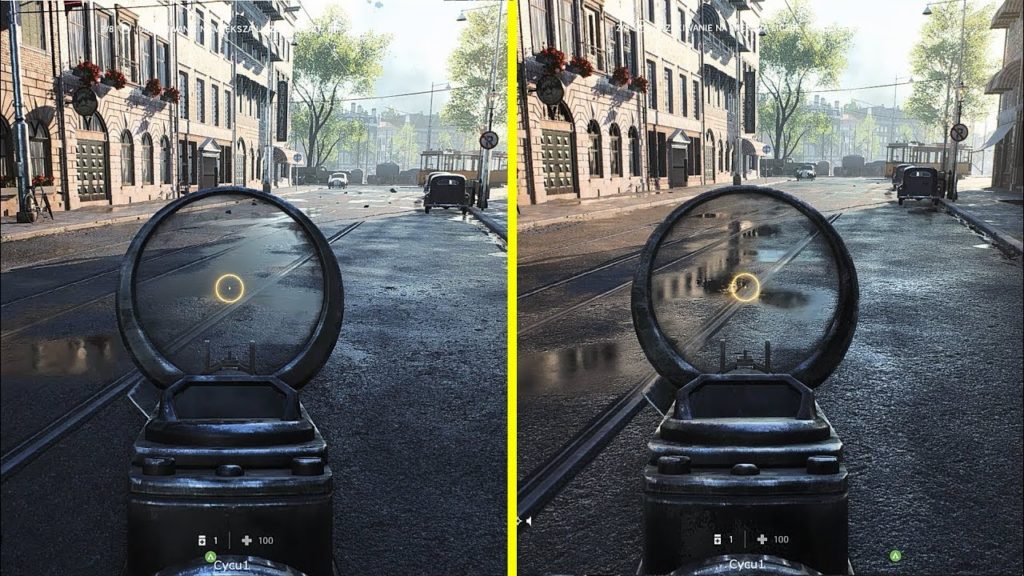buna draga,
When I first learned about ray tracing it really got me excited. It is such an easy concept: shooting rays out your view and seeing where they bounce off until they hit a light source. Yet it results in such great videos (Pixar movies) and games.
This weeks paper summaries in quite a nice way what you actually have to consider when building a real-time ray tracing for games, as sadly that indeed is a little more complicated than my above explanation.
Fun to understand the basis of modern video games for sure!
Abstract:
There has been and is a tremendous amount of research on the topic of ray tracing, spurred by the relatively recent advent of real-time ray tracing and the inevitable appearance of consumer hardware capable of handling this rendering algorithm. Besides researchers, the prospect of a brave new world attracts hobbyists (such as demo coders) and game developers: Ray tracing promises an elegant and fascinating alternative to z-buffer approaches, as well as more intuitive graphics and games development. This article provides a view from the inside on ray tracing in games and demos, where the emphasis is on performance and short-term practical usability. It covers the way science is applied, the unique contribution of these developers to the field and their link with the research community. The Arauna ray tracer, developed at the NHTV university of applied science, is used as an example of a ray tracer that has been specifically build with games and performance in mind. Its purpose and architecture, as well as some implementation details are presented.
Download Link:
https://web.archive.org/web/20170813064747id_/http://www.mikevanmourik.com/Files/rtgames.pdf
Additional Links:
